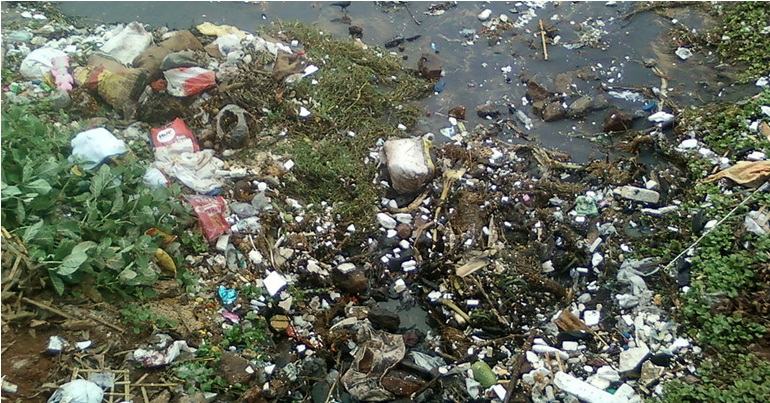Physical thoughts to begin 2024 – The new story of “stuff” is that it is killing us

That Ed Conway is the Economics and Data Editor at Sky News is undoubtedly helpful in promoting his 2023 doorstep-sized book Material World: A Substantial Story of Our Past and Our Future. But that is not enough to explain its position on many end-of-year book lists.
Nor even does the fact that it fits into the popular genre of “author gets to travel around the world and see weird things that readers never will”, whether standing in front of the cavernous mouth of a digger at the world’s largest gold mine in Nevada, or visiting the Cheshire factory where most UK glass bottles are made. Even though that is undoubtedly also helpful.
What is also clearly a factor is that awareness is starting to dawn that we have not just with our greenhouse gas emissions wrenched the climate away from Holocene stability, and started off the Sixth Mass Extinction, impoverishing the rich nature of hundreds of millions of years of evolution, we have also, very literally, trashed the place. Treating the planet as a mine and a dumping ground is becoming all too obviously unsustainable, even though our use of materials continues to rise.
As Conway reports, the amount of sand, soil and rock our species moves every year is 24 times the quantity moved by natural processes, the total weight of human-made products now greater than the sum of living things, and for every such product, six times as much material had to be moved to create it. And that is a problem that is getting worse, for we’ve accessed a lot of the easy, rich source material, and are getting to the much thinner stuff. Chilean copper production for example is keeping up the volumes of 2004, but moving 75 per cent more ore to do so.
If I can make one positive prediction for 2024, it is that we will, eventually, start to recognise that we have not “dematerialised” our economy – stuffed as it is with plastic fast fashion, mountains of unnecessary packaging (hello Amazon) and that all the airy (and extremely dodgy) promises of the Artificial Intelligence promoters are not embedded in “the Cloud”, but are in fact dependent on vast energy and water use, and the deployment of extraordinarily toxic and dangerous chemicals.
That is the bulk side of one more environmental crisis.
The other side is the micro. Everywhere we look, the further we delve, we are starting to recognise that some of the most dangerous, insidious pollution on this choked planet is at the particle scale.
The introduction into cosmetic products of “microbeads” (one of the many decisions of recent years that the future will only look at and wonder just how shortsighted our economic system is) – now banned – did help to start a scientific focus on the impact of microplastics. In 2023 we discovered plasticosis in seabirds, a disease caused by irritation of the digestive tract. So far found only in one species, because that is the only place anyone has looked.
Air pollution – particularly the tiny particulate matter, PM2.5 that can get deep into our bodies – also cannot be seen, but in 2023, the list of conditions that it, combined with invisible nitrogen dioxide, also largely from burning fossil fuels – extended right across the human life story, from premature births to Alzheimer’s.
Conway tells the story of how lead was introduced into petrol callously, criminally, a century ago, despite perfectly clear understanding of the health damage that it did. Far too often similar industrial crimes have been committed – great physical damage done to people and planet that was entirely foreseeable
Not only is it clear now that companies and individuals have to not only be held responsible for such deliberate actions, but they have to be held responsible for checking out all actions for their effects, for considering the complete costs of their activities, not pocketing the profits and externalising the costs collectively on people and planet. Because neither human or planetary health can take the trashing any more.
PS. We hope you enjoyed this article. Bright Green has got big plans for the future to publish many more articles like this. You can help make that happen. Please donate to Bright Green now.
Image credit: Adityamadhav83 – Creative Commons




Leave a Reply